Last week Apple announced its latest generation of its mobile phone, the iPhone 6 and it’s bigger brother iPhone 6 Plus.
In the UK, pre-order for iPhone 6/6 Plus was opened on the September 12th, and ALL major UK Mobile Network providers are on-board and ready with their respected offerings.
Either you are a long-time fan of Apple, or a new customer looking for getting an iPhone for the first time, we are again faced with the usual dilemma. The dilemma is, which network provider is giving us the most for our hard-earning quids?
I must admit, even with the EE unites both T-Mobile and Orange tariff in one umbrella, there are still many choices out there. For most of us, the choices are simply too overwhelming. That’s why I decided to write down every single of them in one big table so I can see all of them in a single place, making it easy to compare and finally to decide which one is the best tariff for me.
And today I’m also sharing this table of video quality compared here with so you can also decide which one is the best for you.
What’s in the table
In this table I only include tariff from 4 major UK mobile providers. They are EE (which includes T-Mobile and Orange), O2, Vodafone and Three.
All tariffs are for Monthly Contract only, not Pay As You Go.
For each network I listed their tariff offerings for both iPhone 6 and 6 Plus, for all drive capacities (16Gb, 64Gb and 128Gb). Each tariff shows the contract length, how many call minutes and texts allowance you get, type of data, data allowance, how much you have to pay per month, how much you have to pay for the handset, and finally the total cost of ownership when the contract finishes.
Three network, with only 18 combination of tariff, has the simplest choices. While EE has gone totally bonkers with their tariffs. They offer no less than 250 combination of tariffs! It’s enough to give any customer a headache!
Below I’ve written some summaries of my findings from this data and also I highlighted the pros and cons of each network provider. You might want to read them first before you delve into the raw data.
But if you can’t wait to check it out yourself, you can go directly to this link. I’ve created the table on Google Spreadsheet so you can easily filter and sort as you can do normally with spreadsheet.
Length of Contract – No more Mr. Nice Guy!
The time for UK mobile customers to enjoy short length of contract is over. None of the provider in this table offers 18 month contract anymore, and only Vodafone is ‘somehow’ still offering 12 month contract! Apart from that, if you are looking for UK monthly contract, you will have to prepare to lock with them for 24 months. So, you’ve got to make sure that you are willing to commit.
In anyway, it’s not that bad if you are, like me, adopting the ‘whole iPhone version number’ upgrade strategy. This means you only upgrade when Apple release an iPhone with a whole version number, like 4,5 or 6; which they normally do every 2 years. That means that when ever your 2-year contract finishes you will be ready to take a new contract with a new iPhone.
One thing to consider, some providers allow you to lower your tariff after you have been in the contract for at least some time. This will help you to lower your overall cost. But unfortunately I don’t know which provider has this policy, you will have to ask them personally.
Call Allowance – Speak to your heart’s content!
All providers offer Unlimited Minutes of Call allowance. Vodafone offers also 100, 300 and 600 minutes allowance tariffs; whilst EE also offers 500 and 1000 minutes.
In my opinion, it’s really not worth it to get tariff with less than Unlimited Call Allowance. But with a limited call allowance you usually also get cheaper monthly payment, so if you think you can live with 100 minutes a month, then go for it.
Text Allowance – Who’s still texting anyway?
You will be pleased to know that which ever tariff you choose you can rest assure that you can send as many SMS text as you like because all of them offer unlimited text.
Data Type – 4G or not 4G
2 years ago the transition from having a 3G data network to the 4G began with EE as its sole provider. This year ALL providers offer 4G as its main attraction.
As you might’ve known, having a 4G (LTE) connection would allow you to use the internet faster. This will boost your efficiency and cut your overall time when you are browsing the net, downloading files or streaming video.
You need to be aware however that 4G/LTE connection are not available in ALL regions in the UK yet. When there is no 4G, the network will revert to the old and slower 3G.
To find out network coverage for your area you can use the following coverage checker for each of the 4 UK network:
One thing that is interesting is that Vodafone offers 3G only tariff as well as 4G. I don’t why they do this, because in term of data allowance, if you pay a bit more you can get much better deal from other provider. I would suggest that you ignore Vodafone 3G only offering and go for 4G.
Data Allowance – Can you spell UNLIMITED?
This is for me one of the most important factor in choosing a mobile tariff, i.e. how much data I’m limited to use every month.
The offerings from the providers are ranging from a mere 100Mb to the full All-You-Can-Eat data! As a matter of fact I’ve never seen these many varieties of data offerings in my life before.
This is a good thing because then you are not short of choices, but can be also quite confusing as there are so many of them. But with the help of the table, which features sorting and filtering, you can narrow down your choices pretty easily.
Monthly Payment – Which one is the cheapest?
Along with the cost of handset, the monthly payment is a major deciding factor in choosing a tariff. The rule of thumb is the lower you monthly payment is the more you have to pay for your handset.
The cheapest monthly payment is offered by EE, for only £14.99 a month. While the most expensive one, for £68.5 a month, is offered by Vodafone.
Again using this table you can adjust the filter and the sort so you can see easily the tariffs that fall in your range of payment you are willing to pay.
Up-Front Handset Cost – FREE iPhone anyone?
Not everybody can afford the full cost of an iPhone. That’s why many of us relies on the subsidy from the network provider. Each tariff will carry different up-front handset cost. This is often, for many people, a deciding factor when choosing a tariff.
But as a rule of thumb, go as higher as you can, because the more you can pay up-front, the cheaper the monthly payment, and at the end the total cost of ownership.
You can see from this table, that it is indeed possible to get your iPhone for FREE! Of course this also means that you have to pay quiet a bit more in your monthly payment.
Alternatively, you can pay almost to the original cost of the handset itself and pay a lot less every month. But then again, if you can afford this much why not just go all the way and buy the handset outright!
PERKS! What’s for Extra?
Every provider here is obviously competing with each other. Besides the differences in their tariffs, which this table is good to compare among them, they also try to throw in some PERKS for extra to entice you even more. Here is a quick highlight of some extras and specialities you can get from each provider/tariff:
O2
All tariffs are part of the new scheme called O2 Refresh, which means that your monthly bill is split into 2 parts – the Airtime plan and the Device plan. At the end of your 24 month contract, you stop paying for your phone and just pay for your Airtime Plan. And if you want a new phone before your contract’s up, just pay off whatever’s left of your Device Plan. Then choose your new phone and start again.
This might be advantageous if you don’t plan to upgrade to a new phone every 2 year as you will automatically pay less when the contract finishes.
Here is the catch, starting from 2015 your Airtime plan will be adjusted every year. This means that every year, on April, your monthly payment gets recalculated and there is a potential that it might go up! I have to say this sucks!
If you choose to go with O2, you need to watch this!
Other perks from O2 are: O2 Priority Treats (e.g. Free cinema tickets or Debenhams voucher), dedicated Platinum customer service team, Free Insurance or 6/12 months access to Sun+.
For more detailed info about each of these please go to O2 website.
Three
Three offers the following perks for all customer:
- Free 0800 call (awesome!)
- Fell at Home – it allows you to use your call, text and data allowance you have when you are abroad. At the moment this only works in 16 destinations, but Three promise to add more in the future.
- No Monthly Payment adjustment (unlike O2 above)
- Your phone is ‘Unlocked‘! Which means you are free to put ‘any’ SIM card in the phone while you are still in contract with Three. Normally with contract tariff, your phone is ‘locked’ to the provider until the term finishes.
Vodafone
With all 4G plans you will also get:
- 6 months Netflix and unlimited free ShowBox access.
- Either Spotify Premium or Sky Sports Mobile TV for the whole term of contract.
EE
EE as a forefront of 4G offers something specific on this, and also after it bought T-Mobile and Orange it got some of their perks too:
- Double speed 4G for certain plan and for limited area.
- Visual Voice email for iPhone
- Voice over 4G – apparently only EE in the UK and T-Mobile in the US offer this new iPhone 6 feature.
- 2 for 1 cinema ticket and Pizza every Wednesday.
- WiFi on London Underground (just in the stations).
- Shared Plan – share your 4G plan with up to 4 people.
Final words
I hope you find this guide valuable. If you have any question please don’t hesitate to contact me. If you find that there is any data on the table of info in this post that is not correct please let me know.
Last but not least, feel free to share this to anybody in your network, just hit one the share buttons on the left. Who knows they might need this info too. Thanks!

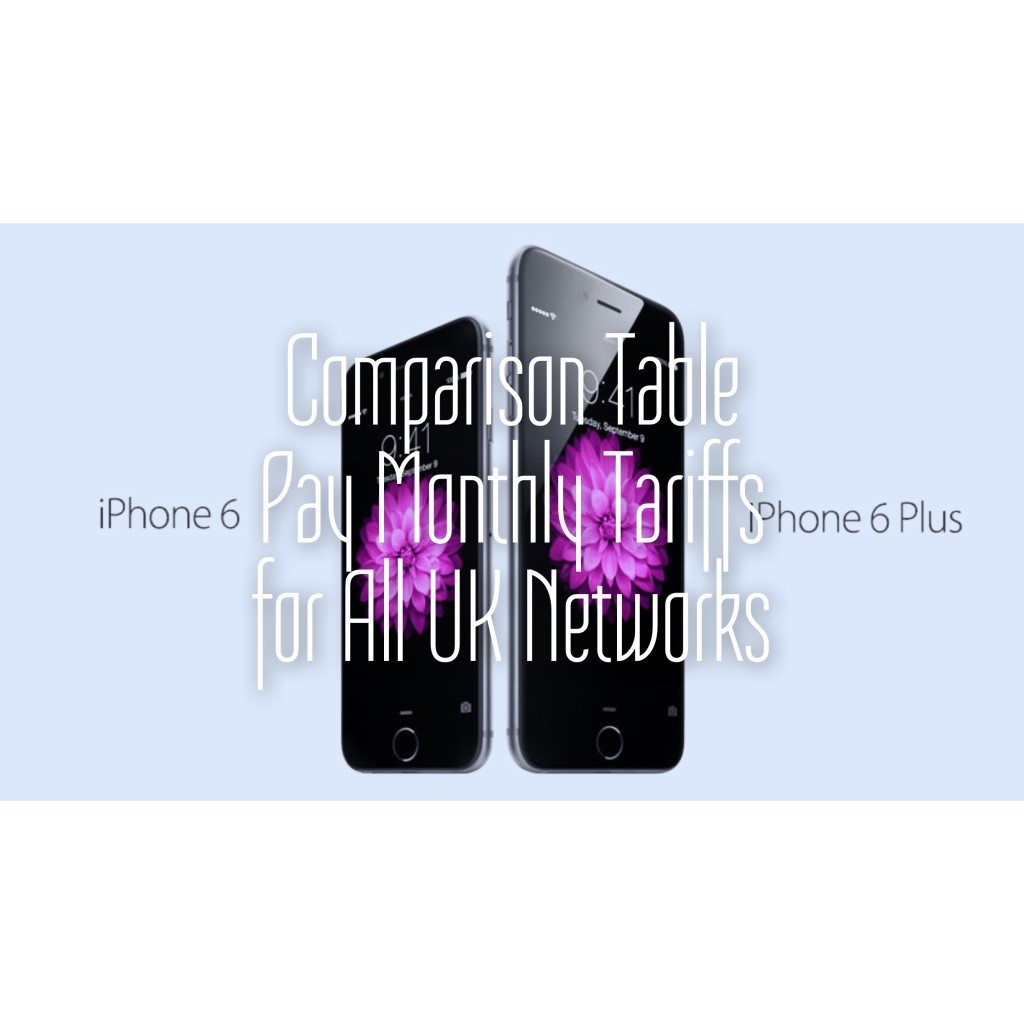
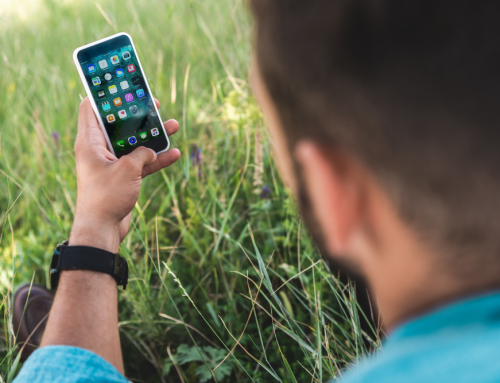
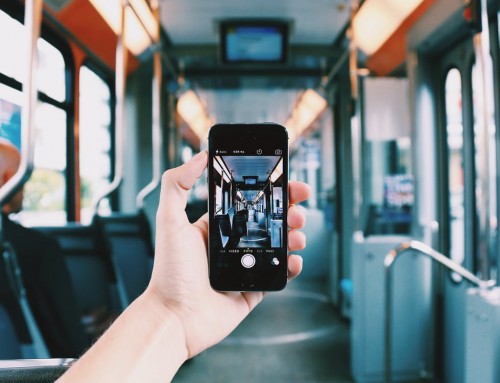
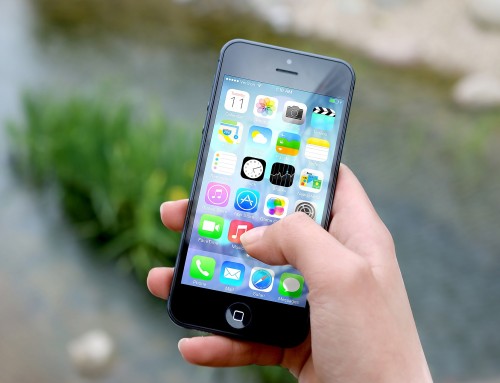

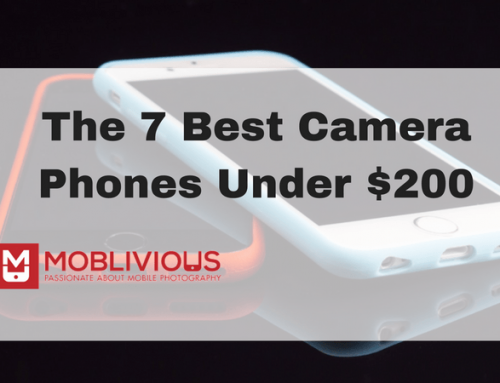
Comparison Table of iPhone 6/6 Plus Pay Monthly Tariff for All UK Providers http://t.co/M42LOLblT7
Comparison Table of iPhone 6/6 Plus Pay Monthly Tariff for All UK Providers http://t.co/2Q1Nr7r15g
Comparison Table of iPhone 6/6 Plus Pay-Monthly Tariff for All UK Providers http://t.co/KXTaRRsWfN
Comparison Table of iPhone 6/6 Plus Pay-Monthly Tariff for All UK Providers http://t.co/sgMYL0yVgy
A couple of thoughts on your article :
1) Sadly, 24 month contracts are very much the norm now. I suspect this is because if the networks offered 12 month contracts instead, they would either have to make the customer pay much more up-front for the handset or else make the monthly fees so high that no one would be tempted, no matter how good the phone or their service was.
2) I successfully switched to a low-cost rolling plan with my current provider, Three, earlier this year, shortly before my contract was due to end. You can switch earlier, but you will be charge a fee to do so. With Three, this is 11% of the remainder to be paid over your contract term, and I suspect the other networks operate similarly.
3) I looked at the available handsets on offer, including the iPhone 5s/5c, Google’s Nexus 5 and Nokia’s Lumia range, but decided that none of them really appealed to me or offered enough over my current iPhone 4S to justify locking into another high-cost contract.
4) I would suggest that if you’re happy with your current iPhone, you can probably wait another year or two, until Apple ends support for it, then recycle it for cash. That’s what I’ve decided to do with my 4S. If you’re wary of 3rd-party recyclers, Apple will take recycle it for you. Cash back will depend on age and condition, of course.
5) Finally, if you’re Ok with stepping back from the cutting edge, there are plenty of iPhone 5s / 5c handsets for sale or auction. Make sure that they’re unlocked, though, as it may be tricky to get the network operator to do so.
Alan,
Thanks for these gems of wisdom.
So are you going to get iPhone 6/6 plus then? Which tariff you are going to take? Did you look also Samsung, Sony and HTC have to offer?
Hi Chris,
Sticking with the 4S for now, as it a) still works just fine for me, b) fits my hand nicely. To be honest, I’m just not desperately in need of a large phone. Ok, part of that is because I also own a 3rd-gen iPad bought second-hand in late 2012 (the year Apple did two iPad launches), and use that for mobile reading, browsing and gaming.
I did look at the Samsung, Sony and HTC offerings, but didn’t see anything that made me want to ditch my current phone. I’m not locked in to the iOS ecosystem as such – most of the apps and services I use are cross-platform. Biggest turn-off for me, for all the phones I looked at, was that I’d be paying a *lot* more per month for pretty much the same service I get now, just so I could have the latest shiny toy. I guess that’s so they can recoup the cost of their 4G licences.
Alan,
Yes, unfortunately this is how the gadget world always work. Early adopter will always pay the biggest price. iPhone 4s is still good for upgrading to iOS 8, so at least you won’t miss much.
Thanks for your comments, you are probably the first reader of this blog who wrote comment this long 🙂 I really appreciate it.
Keep reading, or better still subscribe to the newsletter. I’m planning to give away some iPhone 4/4s and iPhone 5 gears I’ve reviewed in this blog, since I will be getting iPhone 6.
Cheers,
Chris
Compare all iPhone 6/6 Plus Pay-Monthly Tariffs from 02, Three, EE and Vodafone in one convenient table http://t.co/mDcwZkvnOP
Compare all iPhone 6/6 Plus Pay-Monthly Tariffs from 02, Three, EE and Vodafone in one convenient table http://t.co/PtWIbNjN5B
Hi Chris,
Firstly, thank you for the spreadsheet!!! you have saved me so much time. I definitely want iPhone 6 128GB and have the cash to buy it outright. the questions is……..Should i just buy it outright and take up a 30 days rolling / 12 month contract rather than long term 24 month ones?
I’m assuming that in 12 months there will be better deals in the market which would lower my monthly outgoings for the 2nd year. Or is it all comparable and i should just take a 24 month contract and spread the costs.
Any thoughts?
Hi Dipesh,
I’m glad that you found my spreadsheet useful. As a rule of thumb, buying outright is ‘always’ better than getting a contract in a long run, you can check the last Total Cost of Ownership column in my spreadsheet to compare. Unfortunately I haven’t checked the PAYG, the rolling monthly contract deals yet, so I can’t give you a detailed comparison. But I know that you can get them for less than £30 a month, for an unlimited 4G data (with Three for example).
Let me know if you still have any doubt in this, or any question.
Good luck with your choice!